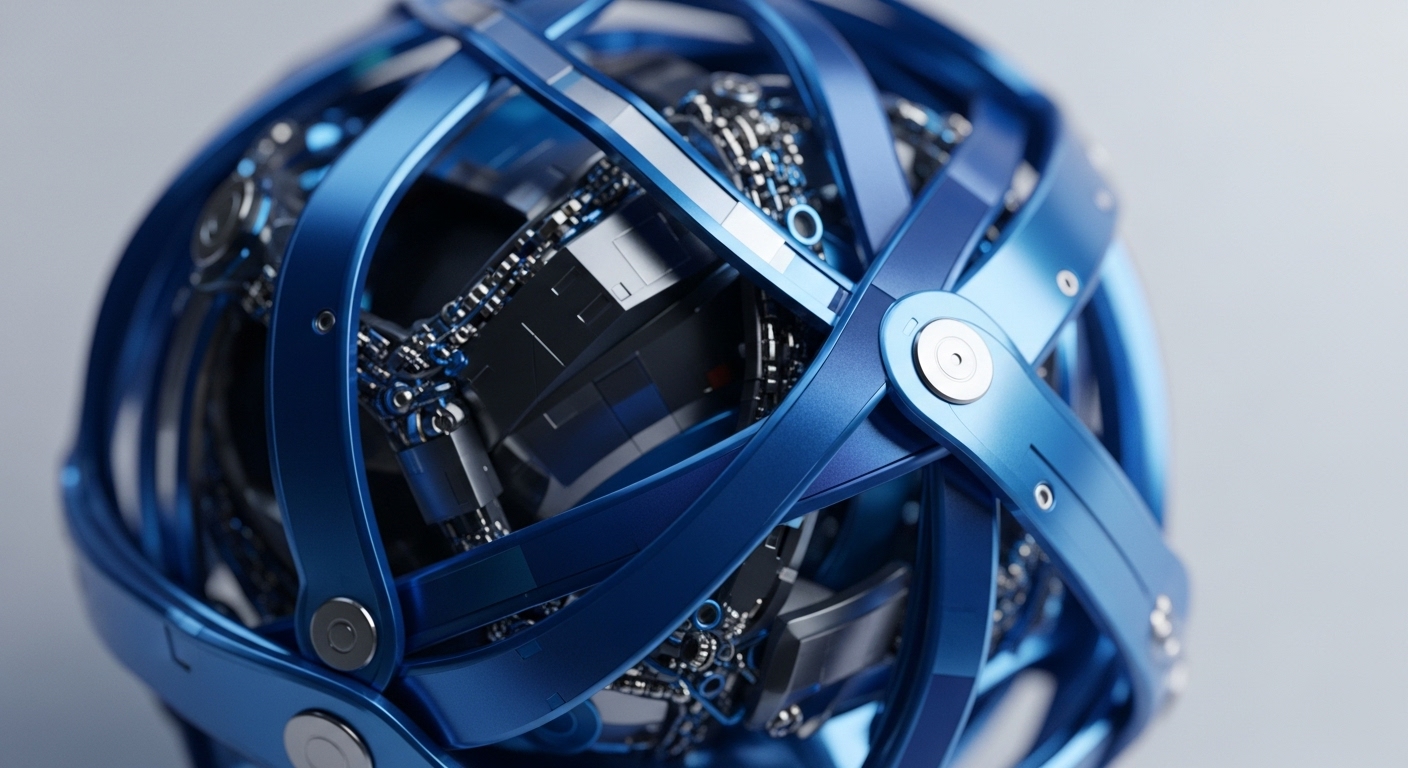
Briefing
The Supra Layer-1 has officially launched its mainnet, debuting the Automatic DeFi (AutoFi) stack, a vertically integrated system that embeds native price oracles, cross-chain messaging, and on-chain automation directly into the consensus layer. This architectural shift immediately re-routes the value traditionally lost to external Maximal Extractable Value (MEV) bots back to the protocol and its stakeholders as recurring revenue, fundamentally altering the long-term sustainability model for decentralized finance applications. This new system-level design is quantified by a fully diluted valuation of $155.6 Million , reflecting the market’s immediate pricing of this novel, revenue-generating DeFi infrastructure.

Context
The previous generation of monolithic and early modular blockchains forced dApps to rely on external, disparate services for critical functions like price feeds, cross-chain transfers, and execution automation. This fragmented architecture introduced systemic latency, increased security risks from external trust assumptions, and created the MEV problem, where external actors captured value from necessary DeFi operations like liquidations and arbitrage. The result was an inefficient capital market where developers had to stitch together multiple protocols, leading to delays and value leakage to off-chain keepers.

Analysis
The AutoFi stack alters the application layer by transforming previously external, reactive services into internal, native, and proactive protocol primitives. By embedding oracles and automation directly into the Layer-1’s Moonshot consensus, Supra achieves sub-second data freshness and automatic, zero-delay execution for smart contracts. This eliminates the time-delay window that external MEV bots exploit, converting operations like liquidations and rebalancing into internal AutoFi services that generate fair, recurring protocol revenue.
The Proof of Efficient Liquidity (PoEL) mechanism further enhances this system, allowing the same tokens to provide both network security staking and DeFi liquidity, thereby maximizing capital efficiency for the entire ecosystem. This vertically integrated design creates a unified execution environment, which is a significant competitive moat against protocols that must rely on external, composable-but-fragmented infrastructure.

Parameters
- Fully Diluted Valuation (FDV) ∞ $155,642,386 ∞ The maximum market capitalization assuming all tokens are in circulation, representing the total system value.
- Core Feature ∞ Automatic DeFi (AutoFi) ∞ A self-operating financial system that embeds automation and oracles into the L1 consensus.
- Consensus Mechanism ∞ Moonshot ∞ The engine powering the sub-second data freshness and zero-delay execution for AutoFi primitives.
- Token Utility ∞ Proof of Efficient Liquidity (PoEL) ∞ Mechanism where tokens secure the network and provide DeFi liquidity simultaneously.

Outlook
The AutoFi architecture establishes a powerful new primitive for the next wave of decentralized applications, particularly those leveraging specialized Crypto AI Agents for autonomous financial strategies. The immediate roadmap will focus on expanding Multi-VM support (EVM, Solana, CosmWasm) to onboard existing smart contract codebases, allowing them to instantly leverage the native AutoFi services. This model of vertical integration ∞ converting MEV into protocol revenue ∞ is a foundational building block that competing Layer-1s will be compelled to fork or integrate, as it directly addresses the unsustainable inflationary tokenomics prevalent across the ecosystem.

Verdict
The launch of the vertically integrated AutoFi stack is a structural innovation that redefines the Layer-1 value proposition, shifting the competitive battleground from raw throughput to sustainable, revenue-generating system-level automation.
